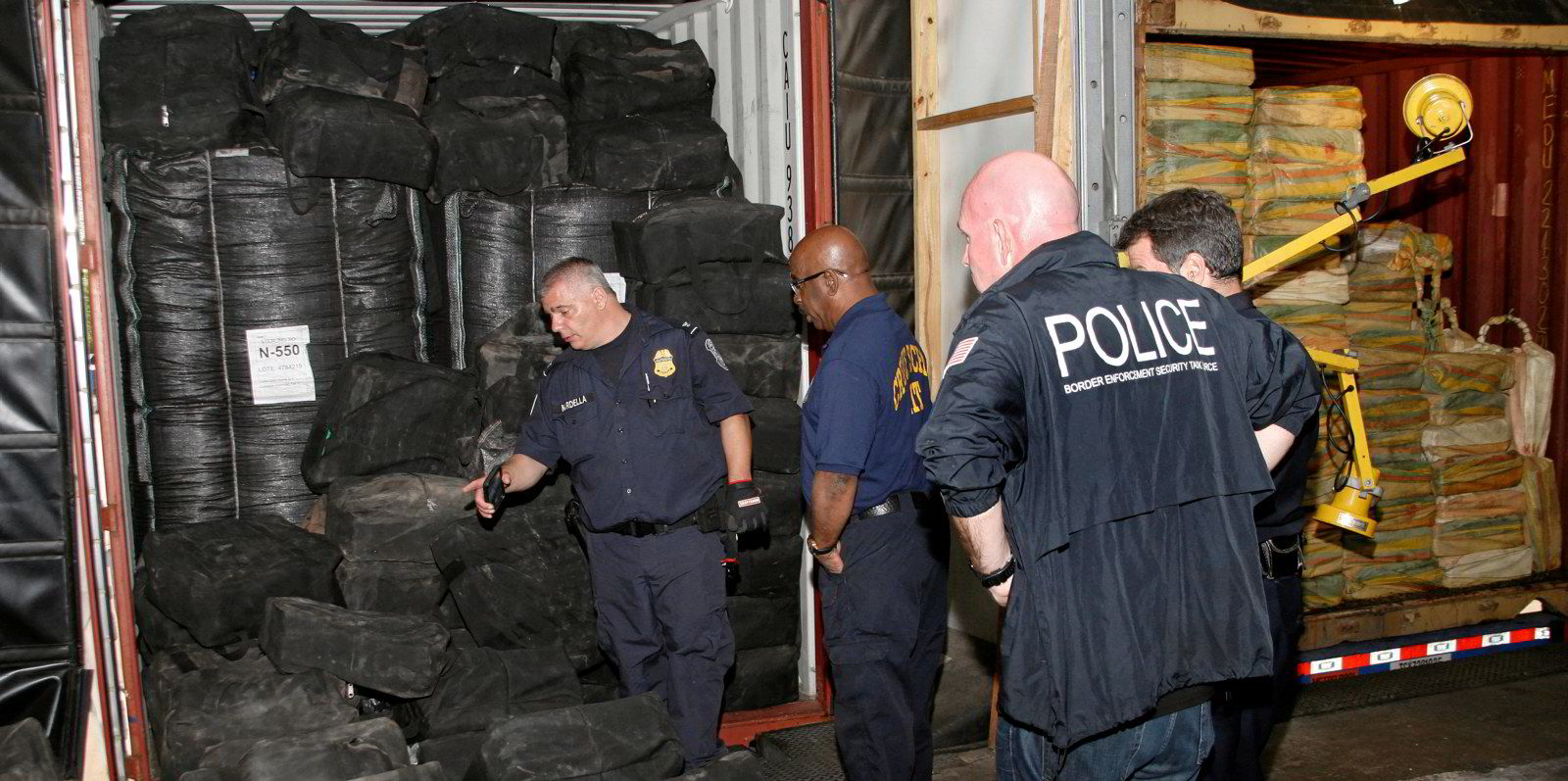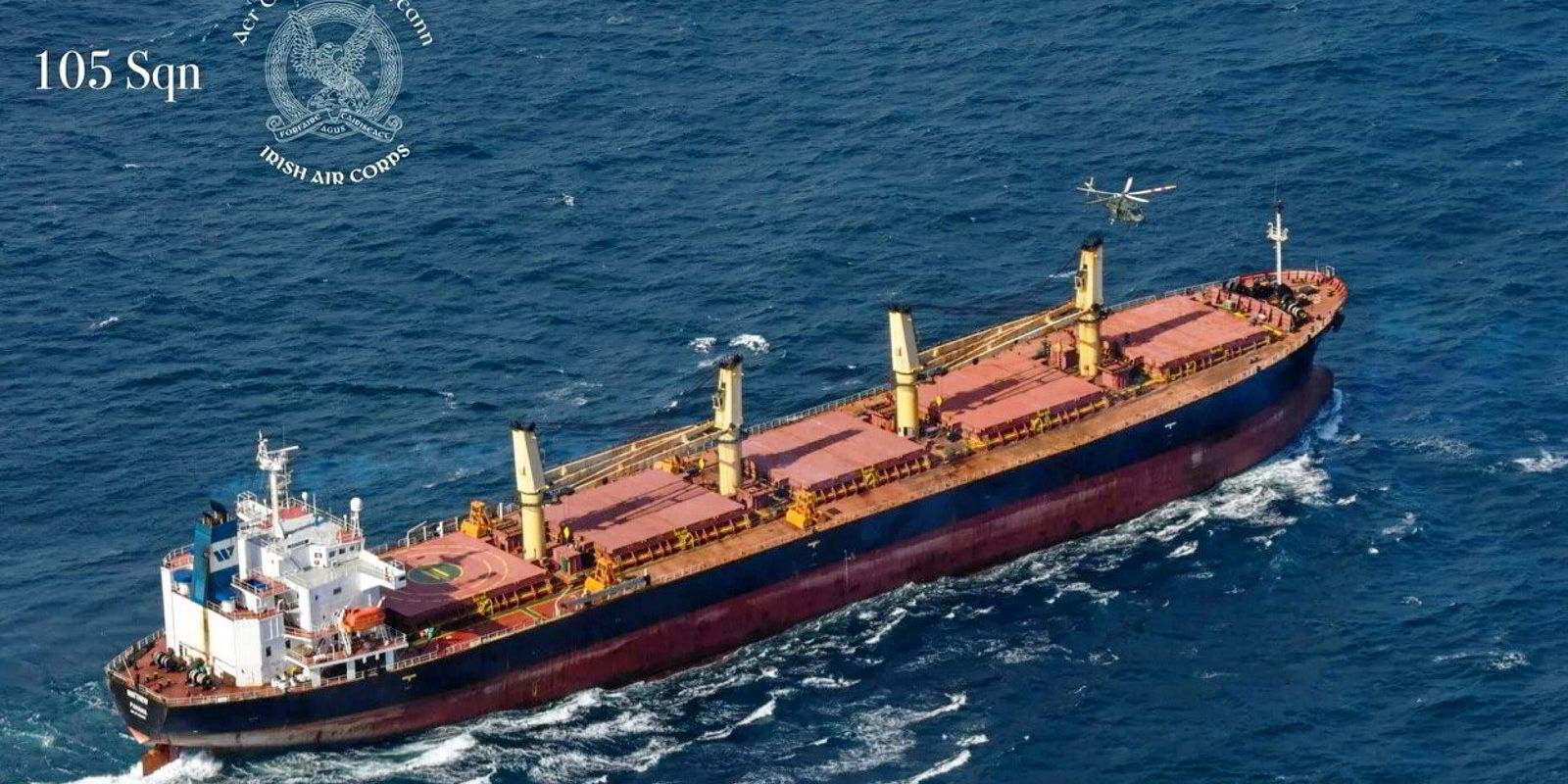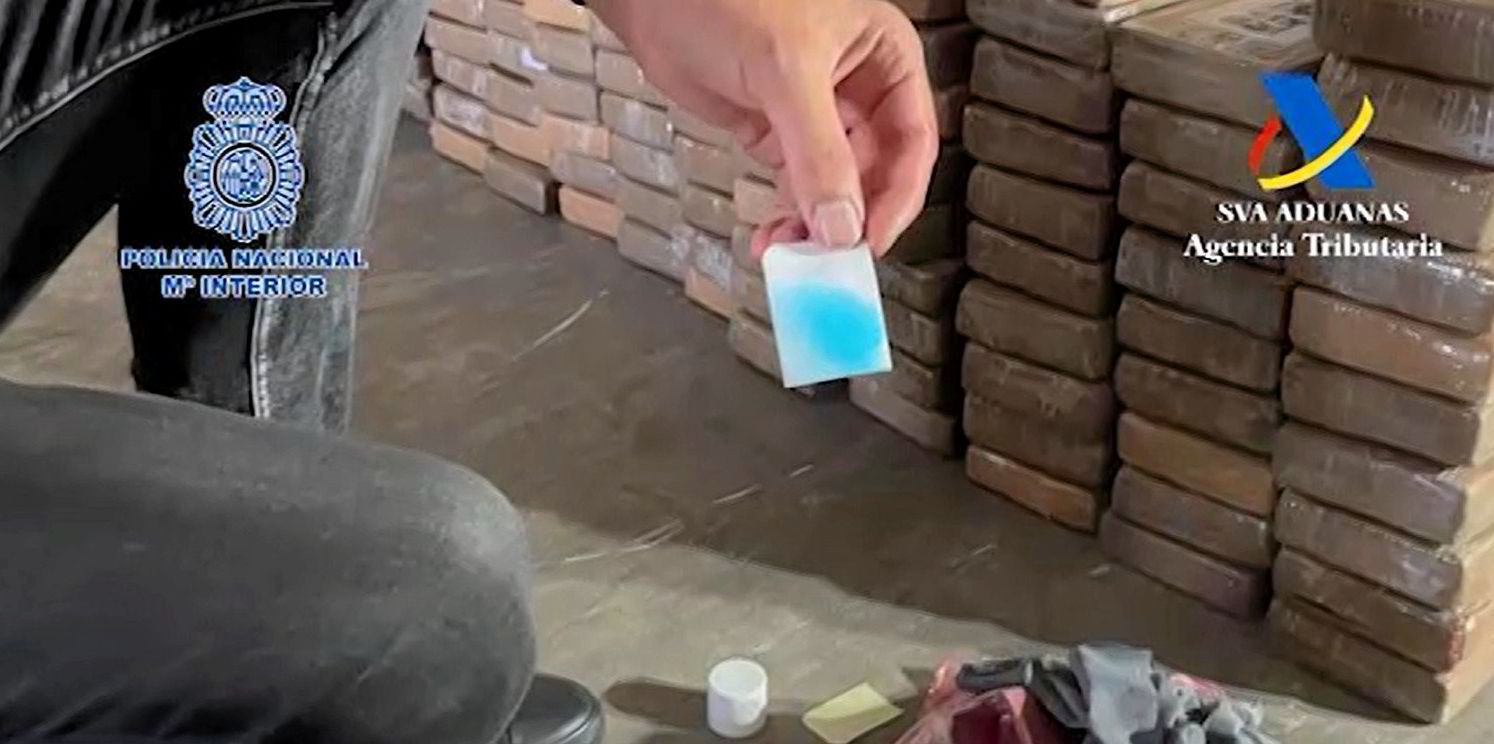In January, Spanish police found 4.5 tonnes of cocaine in a feed container on a livestock carrier off the Canary Islands. This led to the arrest of 28 crew members and the seizure of $114m in drugs.
A few months later, Italian authorities found €150m ($164m) of cocaine hidden in the sea chest of a Laskaridis Shipping bulker in Venice.
Spain’s National Police made headlines again in August when they seized a 9.5-tonne cocaine shipment in refrigerated containers, revealing a sophisticated logistics operation operated by a banana exporting company in Ecuador. That was the same month Dutch authorities found a large cocaine haul on an AP Moller-Maersk ship in a drug bust that authorities believe kept $650m off the streets.
But perhaps the most dramatic seizure occurred last week off the coast of Ireland when authorities resorted to firing warning shots at the 51,000-dwt bulker Matthew (built 2001). Six people have been arrested, and officials seized 2.25 tonnes of cocaine worth $165m.
TradeWinds has published 31 articles so far this year that contain the word cocaine, compared to just two during the same period a decade ago.
What is happening? Are we hooked on cocaine headlines, or is something changing regarding the role of shipping in the international drug trade?
The warnings of experts suggest the latter. As demand for South America’s exports of cocaine has declined, an unabated supply of the drug has found a growing market in Europe. With no overland options and longer distances, the result is that international shipping is a vital pillar of the cocaine supply chain to this ballooning demand centre.
The Center for Strategic and International Studies, a Washington DC think tank affiliated with Georgetown University, has written that cocaine demand in the US has declined over the past decade amid a transition to synthetic drugs such as fentanyl.

Harvests of coca, the key ingredient in cocaine, have remained steady.
Unlike the broader array of transport to the US, transatlantic cocaine shipments must go by air or sea. The Caribbean is a key transshipment hub, as the product arrives on islands by go-fast boats and is covertly loaded on ships bound for Europe.
“Cargo vessels offer one of the most advantageous methods of transporting cocaine because of the large volume of trade between the Caribbean and Europe,” the research organisation said in a September report authored by deputy director Christopher Hernandez-Roy, programme coordinator Rubi Bledsoe and research intern Andrea Michelle Ceren.
All sides of this trade are suffering the pain, with the think tank pointing to drug violence in European port cities.
The container shipping industry is well aware that it has been a means of drug shipments and has touted its partnership with authorities to tackle the problem. TradeWinds reported recently on Operation Tin Can, a collaboration among United Nations agencies, government agencies and members of the World Shipping Council, a container shipping group.
In the joint operation from 14 November to 9 December, 58 countries cooperated to carry out 43 arrests and 158 drug seizures, including 98,734 kg of cocaine.
But this year has demonstrated how criminal organisations in Latin America and Europe can shift their tactics, using a variety of vessel types that include bulkers and livestock carriers.
Partnerships between criminal organisations on both sides of the Atlantic are building the nimble logistics networks that allow cocaine to flow.
The Center for Strategic and International Studies suggests something analogous in the efforts to counter this drug trade, and the collaboration cannot just be among governments and law enforcement in various countries.
Instead, what is needed is akin to Operation Tin Can on a grander, longer-lasting scale.
“Public-private sector cooperation among shipping container companies and the governments affected by the drug trade is of utmost importance,” the think tank said. “Shipping companies should prioritise rigorous employee vetting and regular screening of all port and shipping containers.”
That requires a sustained effort by shipping companies. Still, the problem will only shift elsewhere, to other companies in a fragmented industry, without similarly sustained collaboration with ports, governments and law enforcement.






